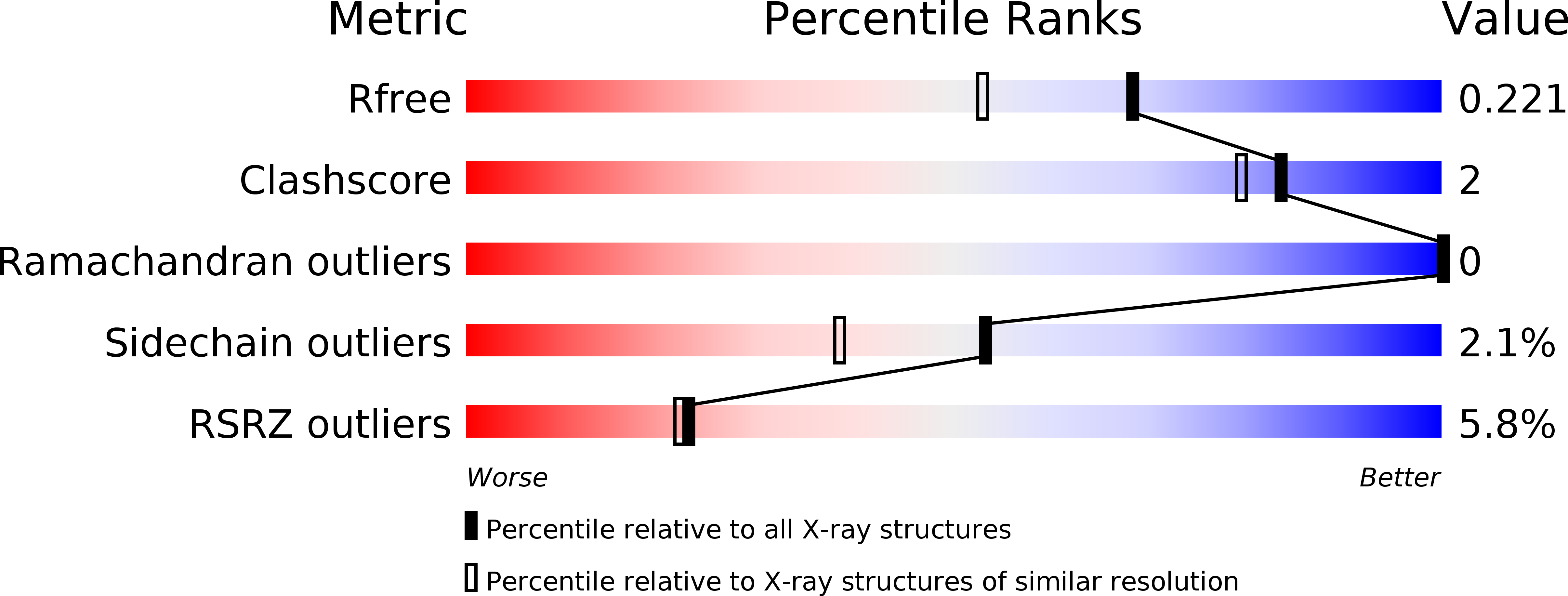
Deposition Date
2019-06-21
Release Date
2020-02-12
Last Version Date
2024-11-13
Entry Detail
PDB ID:
6PFO
Keywords:
Title:
Crystal structure of N-glycosylated human calcitonin receptor extracellular domain in complex with salmon calcitonin (16-32)
Biological Source:
Source Organism:
Escherichia coli (Taxon ID: 562)
Homo sapiens (Taxon ID: 9606)
Oncorhynchus sp. (Taxon ID: 8025)
Homo sapiens (Taxon ID: 9606)
Oncorhynchus sp. (Taxon ID: 8025)
Host Organism:
Method Details:
Experimental Method:
Resolution:
1.78 Å
R-Value Free:
0.21
R-Value Work:
0.18
R-Value Observed:
0.18
Space Group:
P 65 2 2


